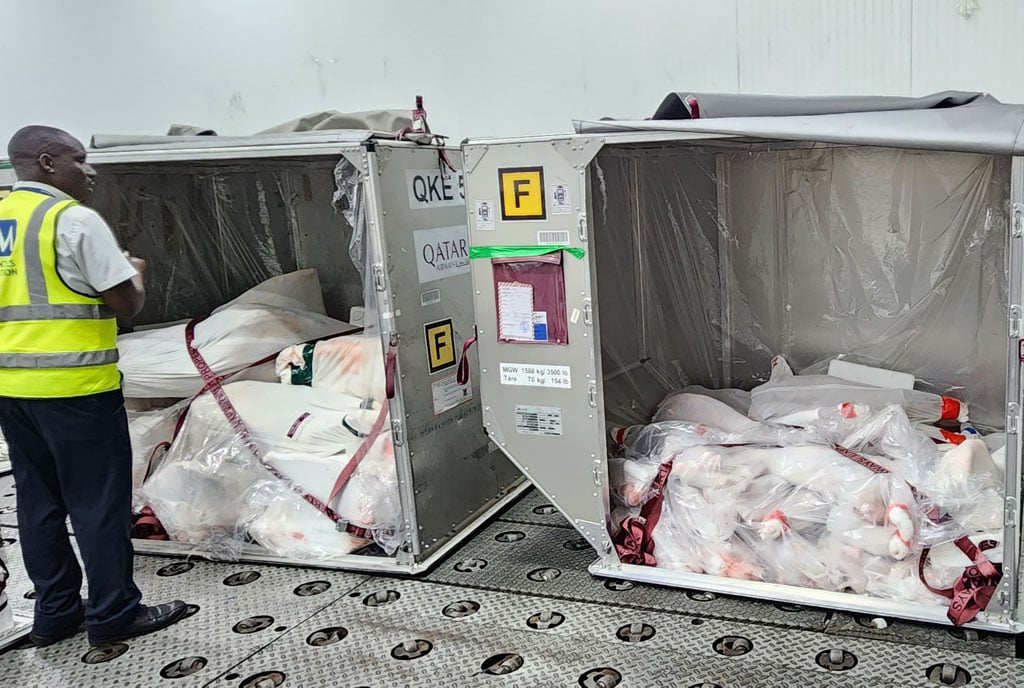Prime
We need long term solutions for floods

People gather near River Nabuyonga in Namakwekwe Ward, Mbale City, on Monday. The river burst its banks and destroyed several property, including schools and health centres. Photo/Yahudu Kitunzi
What you need to know:
The issue: Disasters
Our view: Building capacity to respond to disasters is good but we can go a step further to promote safer living, document risks and educate concerned communities, whether it is the risk of volcanic activity or proximity to protected areas, among others.
There are a number of areas around the country where lives and property are at risk owing to the terrain, nature of land use or both. It happens that as one area recovers, another is hit by heavy rains, floods or mudslides.
There have been disasters in Kasese, Bududa and lately, parts of Mbale. In many cases, the signs are there if there is a keen effort to check land use and make appropriate recommendations before the land disintegrates when storms hit.
These areas should be clearly mapped out and early preventive measures taken, even if this means working with land users to improve their practices. Some areas such as the high terrain of Kabale have for long been known for the widespread practice of terracing steep farming lands. These are deliberate efforts that can be deployed elsewhere.
With the bulk of our nation’s workforce deployed in agriculture and a growing population that seeks to reap out of it, mounting pressure on land is inevitable.
However, with no guidelines, some land users are bound to find themselves at the mercy of the elements due to practices such as massive tree cutting to open up more agricultural land or due to pressures of economic activities such as charcoal burning.
Left unregulated, these unfavorable practices will be the result of disaster after disaster, ranging from flooding lakeshores and riverbanks to mudslides and windstorms, among others.
Localising these control activities and strengthening the regional environmental offices would go a long way in safeguarding the land while also collaborating with communities to achieve the best possible outcomes that would benefit both the people and the environment in the long term.
Establishing such ground rules is not a one-off activity. It involves developing long-standing relationships with people in at-risk areas, continuous education and sensitisation to build a culture of conservation as opposed to destruction for today’s gains.
Having established this, awareness must be built on safety and evacuation measures working hand in hand with an early warning system. This will help to prevent in some cases or scale back potential disasters.
Building capacity to respond to disasters is good but we can go a step further to promote safer living, document risks and educate concerned communities, whether it is the risk of volcanic activity or proximity to protected areas, among others. Once there are more people living in harmony with the environment, concerns of disaster will be reduced only to the inevitable.
Our commitment to you
We pledge:
- To be accurate and fair in all we do.
- To be respectful to all in our pursuit of the truth.
- To refuse to accept any compensation beyond that provided by Monitor Publications Ltd. for what we do in our news gathering and decision-making.
Further, we ask that we be informed whenever you feel that we have fallen short in our attempt to keep these commitments.




